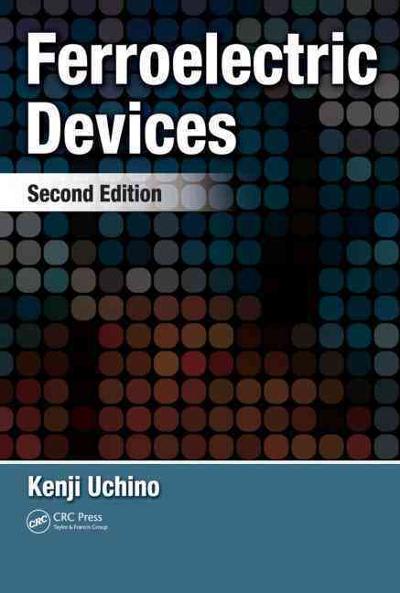Question
Deriving Series and Parallel Equivalent Resistances: (a) Currently Concurrent Currents: See the diagram below. If the currents I 1 = 5 A and I 2
Deriving Series and Parallel Equivalent Resistances:
(a) Currently Concurrent Currents: See the diagram below. If the currents I1 = 5 A and I2 =3A, what is I3?
(b) Ohm's Law: What is the current flowing through this circuit?
(c) Series Equivalent Resistance: Using the fact that the voltage needs to drop from V to zero after crossing both resistors, the junction rule, and applying Ohm's law to each resistor, find the equivalent resistance RA in terms of R1 and R2.
(d) Parallel Equivalent Resistance: Using the fact that the voltage drops from V to zero across either resistor, the junction rule, and applying Ohm's law to each resistor, find the equivalent resistance RA in terms of R1 and R2.

Step by Step Solution
There are 3 Steps involved in it
Step: 1

Get Instant Access to Expert-Tailored Solutions
See step-by-step solutions with expert insights and AI powered tools for academic success
Step: 2

Step: 3

Ace Your Homework with AI
Get the answers you need in no time with our AI-driven, step-by-step assistance
Get Started


